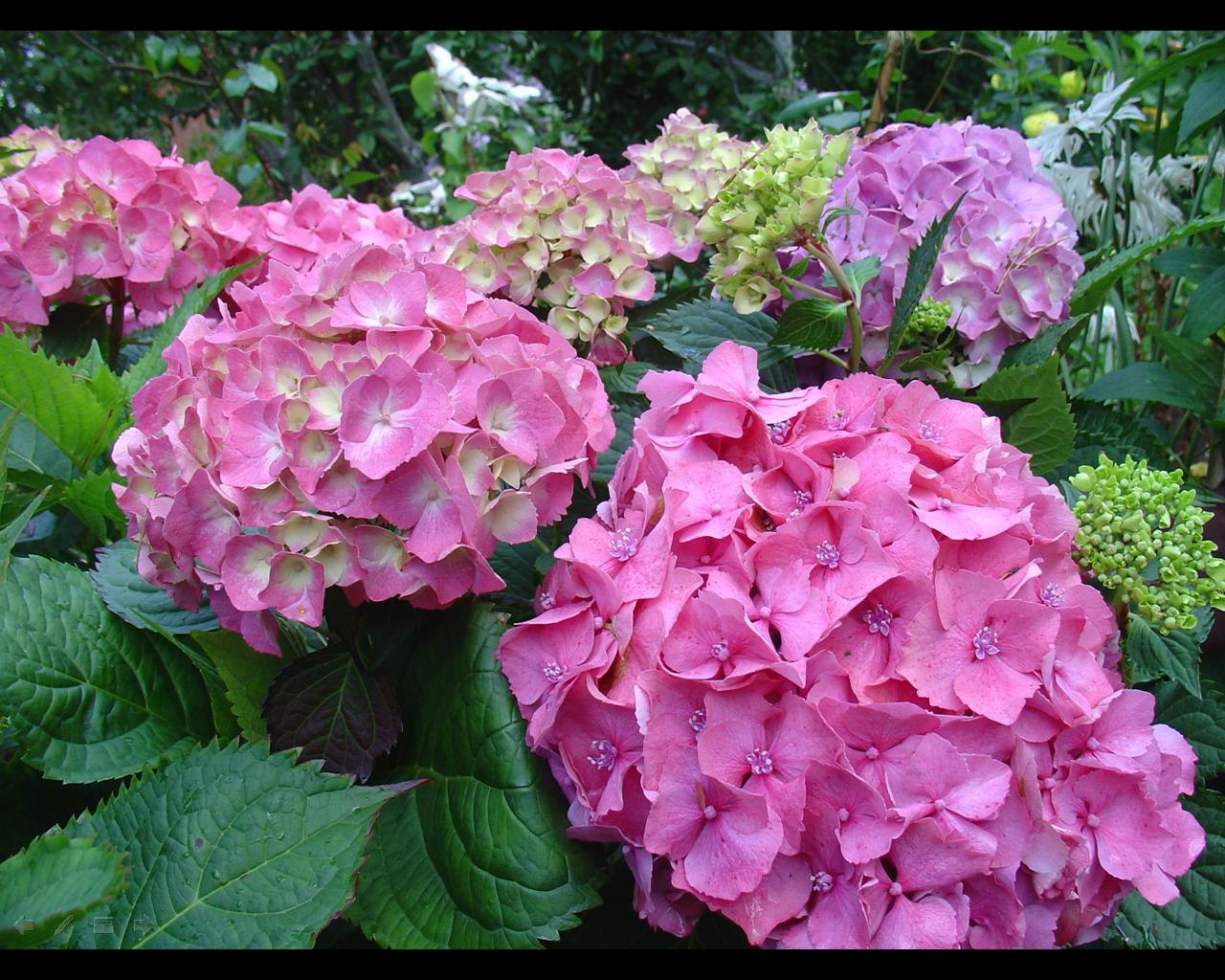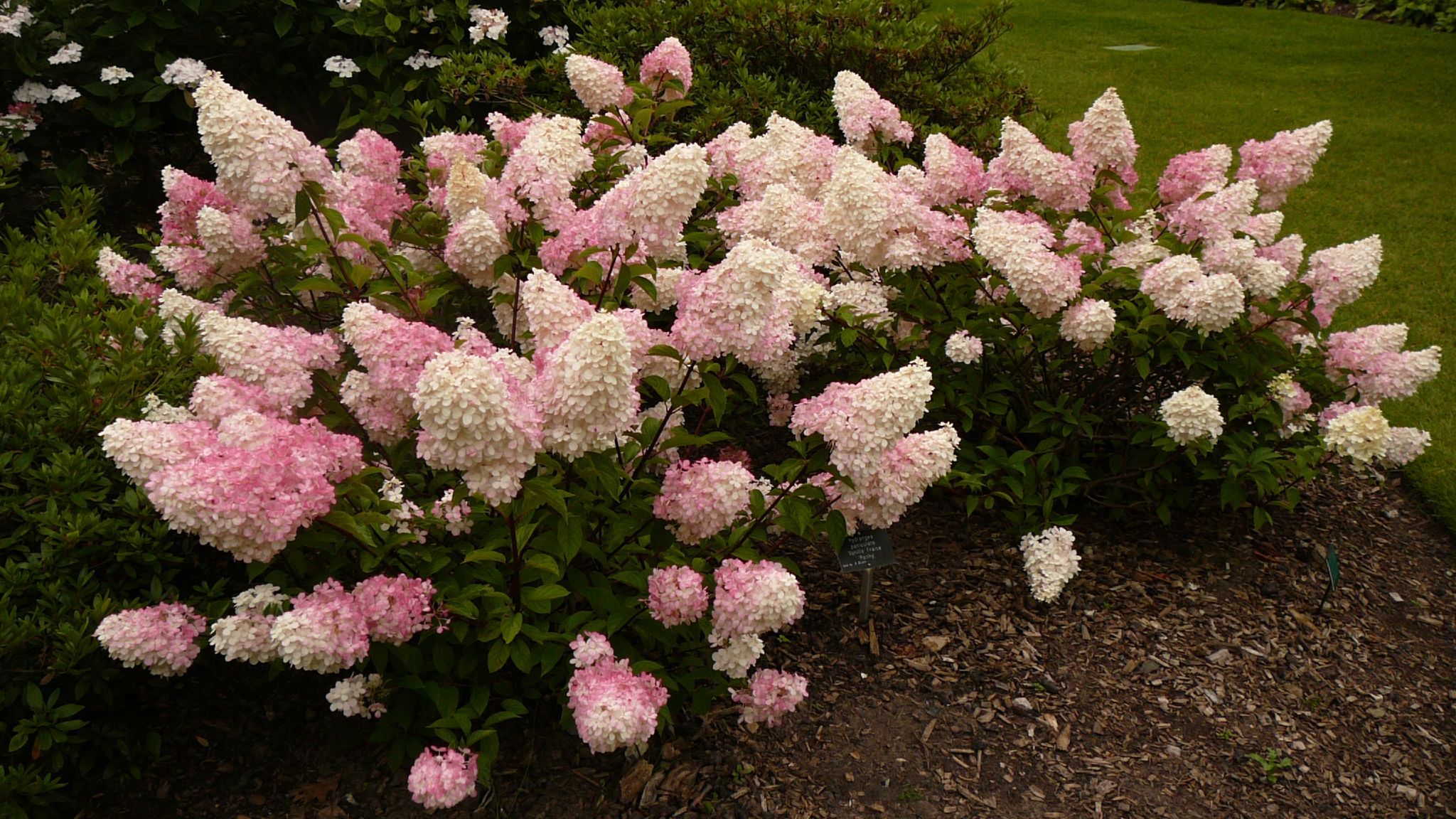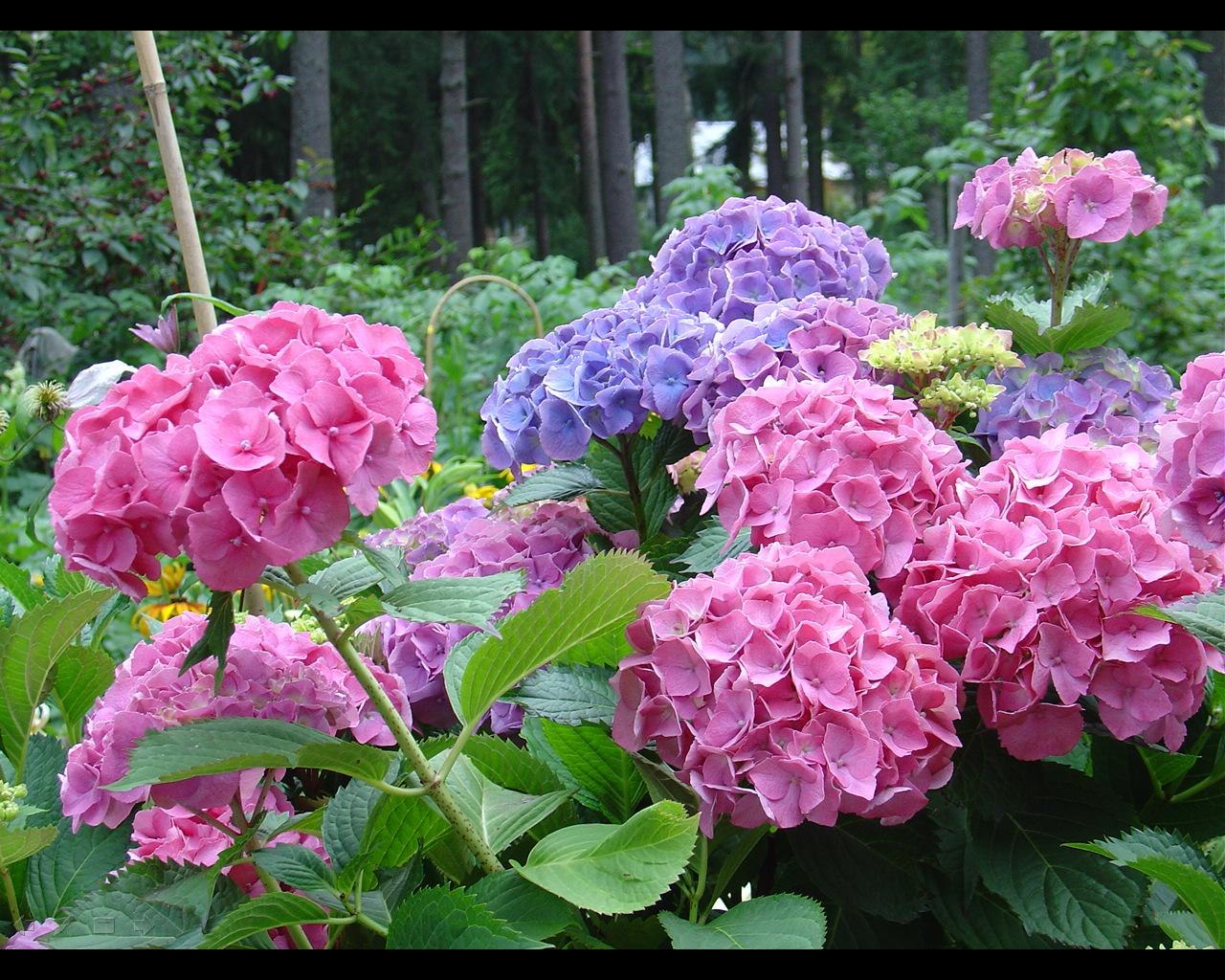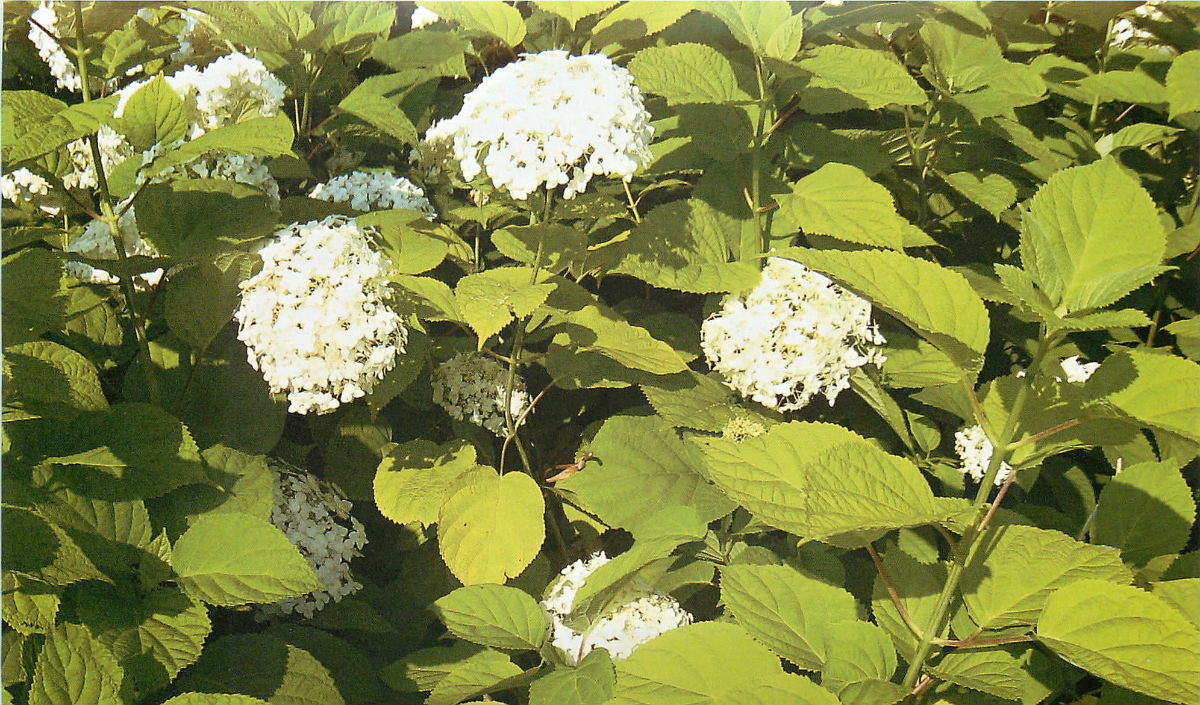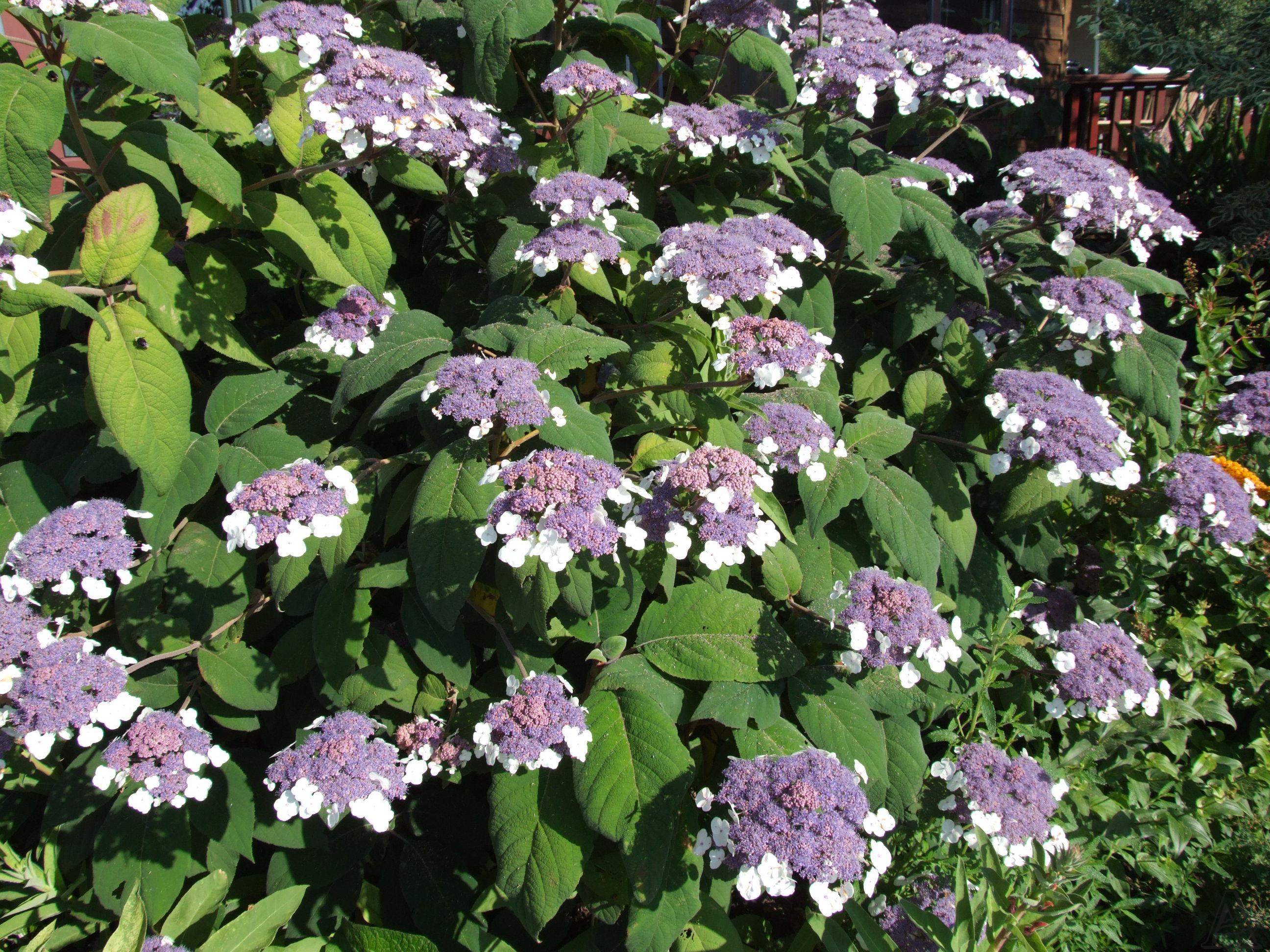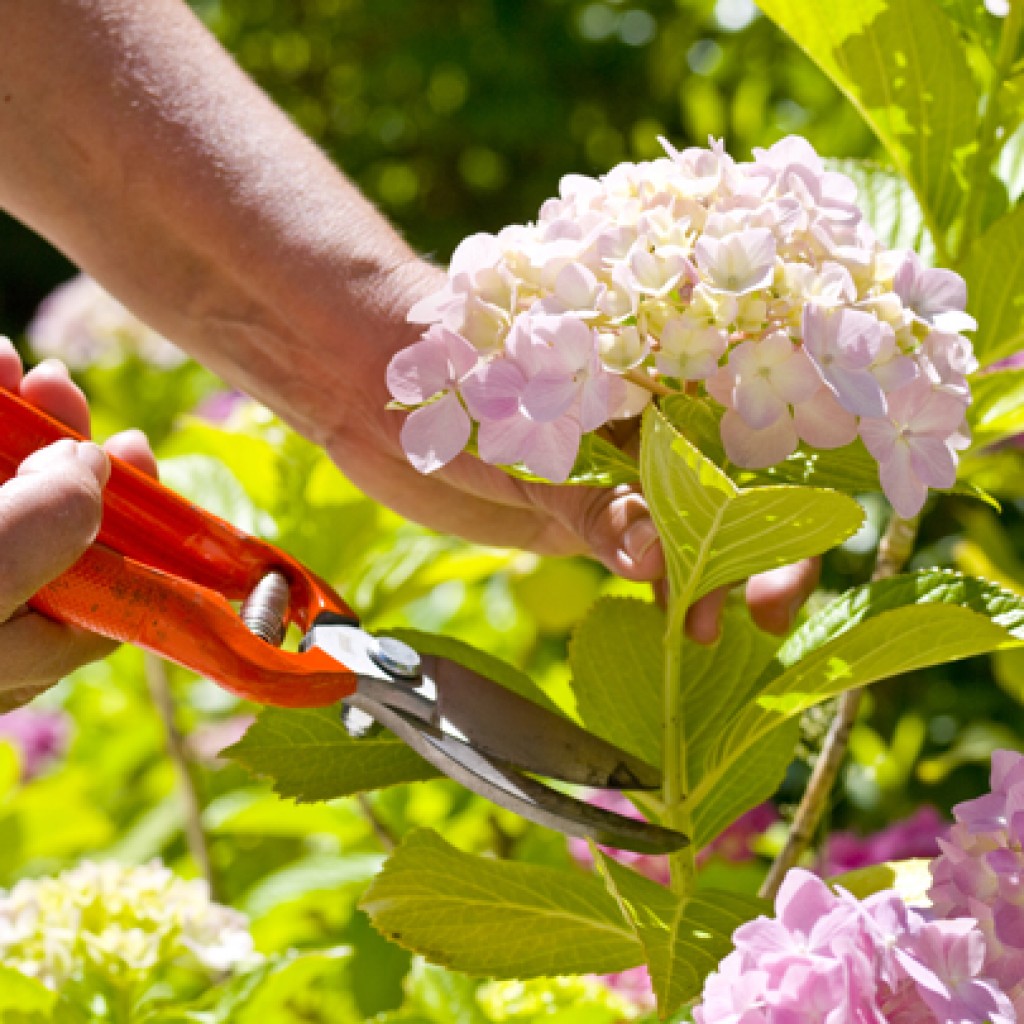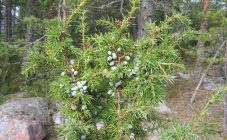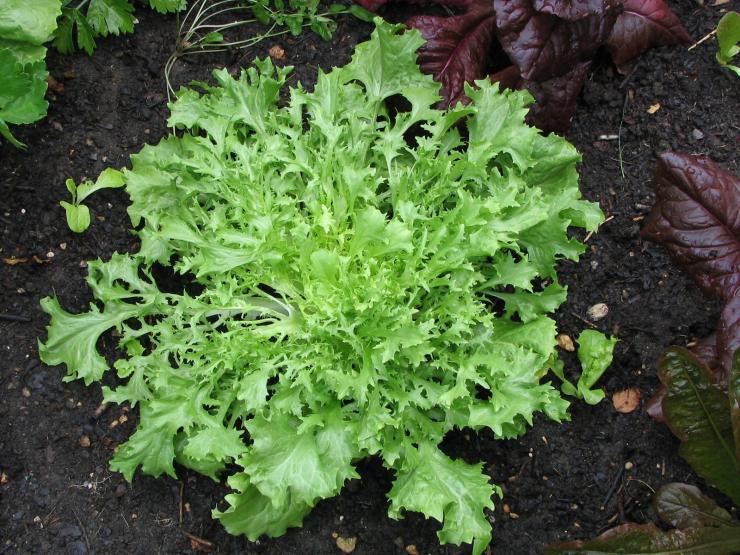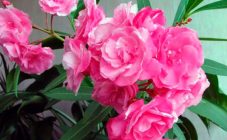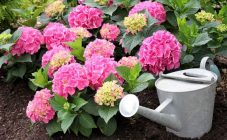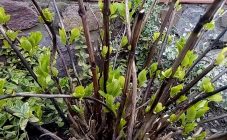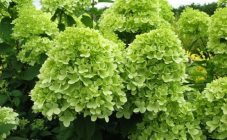Content:
Collect a bouquet of beautiful flowers, create a corner in the garden where you can relax and unwind, decorate the room and fill it with delicate aromas - all this will help to make a flower called hydrangea. A feature of the family - the plant is a shrub or small tree. A variety of varieties (according to various sources, from 30 to 80 species) allows you to choose the option that is most suitable for landscape design or taking into account the characteristics of the site. Before planting, you need to find out what hydrangeas look like, how to care for them in season, and prepare them for winter.
The flowering plant can be found in different countries and continents. Varieties and types of hydrangeas adorn gardens in America, Japan, China, and most Asian countries. The main purpose of use is to achieve a decorative effect. Valued by gardeners for the unusual shape of flowers, large size, a wide variety of shades. Agrotechnical measures and routine care do not require special knowledge, so the shrub can be planted by a novice gardener.
Features of varieties
The existing types and varieties of garden hydrangeas are able to satisfy the most demanding and demanding requests, since there are a lot of them. The main feature and pride of shrubs are unusual spherical volumetric inflorescences and rich green leaves.
The following types of plants are considered the easiest to care for:
- tree-like;
- paniculate;
- large-leaved.
Also among Russian gardeners, petiole and oakleaf species are popular.
Type Panicled: varieties
This shrub of hydrangea species and varieties for Russian gardens are familiar and in demand, so the plant can be seen in numerous suburban and suburban areas.
General information is as follows:
- the height of the trees does not exceed 10 m;
- in 90% of cases, it can be seen on the territory of Sakhalin (practically not grown in other regions of the Russian Federation);
- wild species can be found on forest edges;
- elongated sheet plate (ellipse shape);
- leaf length - 10-12 cm;
- the leaves have a small fluff (upper side) and strong pubescence at the bottom;
- flowers form large panicles.
Flowers have a pleasant aroma, the species is considered an excellent honey plant.
It is necessary to pay attention to the fact that any paniculate variety grows quickly. That is why the main direction in care is periodic pruning.
Planting the plant is best in a shady place, protected from direct sunlight. This is due to the fact that under the influence of the rays, the inflorescences become smaller. A beautiful hydrangea, bright and decorative, belonging to the paniculate species, must be protected from the wind.
Features of flowering - flowers are formed in large quantities, the flowering period for such plants is long. The first copies appear in June. Duration - until October. The species, regardless of the variety, is resistant to frost, it can withstand low temperatures without diseases, reaching 25 degrees with a negative value. This species is suitable for cultivation in the central and northern parts of Russia.
Varieties that can be grown on the territory of Russia (climatic conditions of most regions are suitable for them):
- Grandiflora is a feature of the variety: the flowers are large, changing their shade from cream to white and greenish-red, depending on the season. The main flowering period occurs later than in 90% of plant varieties, the flowers are sterile;
- Kiushi is a frost-resistant variety. The flowers have a white (interspersed) shade, they smell nice. The variety differs in that some of the flowers are sterile, and some are fruiting. The main flowering period is July-October. It is actively grown in the Moscow region.
- Pinky Winky is a perennial shrub, flowers form cones. The color changes over time from white to pink;
- Limlight is a variety that has noticeable, large and bright inflorescences. The shrub has well-formed stems that grow strictly straight. The height of an adult bush is small - 2 meters, which allows planting anywhere on the site - there will be no strong shadow from the plant. Leaves are green, medium-sized, velvety. Flowers form panicles, the length reaches 0.5 meters. Flowers change their color from greenish to white and cream during the flowering period (the main peak is in the middle of summer).
Beautiful hydrangea suitable for growing in Russia - Unique. This is a short shrub that grows very quickly. Active flowering begins in August, lasts until cold weather. The variety is frost-resistant, therefore ideal for planting throughout the country. Shades of flowers - from white to deep pink, during the flowering period. Ideal for landscaping as it looks good both in groups and one plant at a time.
Hydrangea garden or large-leaved
The species is perennial. It shows winter hardiness. The decorative qualities of the shrub are high, so it is actively used to decorate gardens. The species differs in that the bushes reach a height of 2 meters, the stems are straight, there is no fruiting. This type includes blue or lilac hydrangea, as well as classic white.
Various varieties of hydrangeas of this species have simple green leaves. In the process of leaving, it is necessary to feed the shrubs, as they are demanding on the type of soil. The characteristic indicates that all varieties included in the group do not like limestone. Shrubs bloom for a long time It is important to pay attention to ensuring that the plant has enough light. Recommended for planting in the central and southern regions, because he loves warmth very much. Frost resistance has a good indicator - up to -30 degrees. The hydrangea is ready to show flowers in full beauty from August to November.
Varieties for planting (the entire territory of the country):
- Ekspreshon is a winter-hardy variety, large double flowers. Shades change and depend on the acidity of the soil (sour - blue-violet, alkaline - pink);
- Red Senseishon is a hybrid variety. This hydrangea is deep burgundy, including the stems. The height of the shrub is optimal for those who want to create a light shade, it is only 0.8 meters;
- Endliss Summer - the variety blooms equally well on both the current year's shoots and last year's stems. The flowers are large, blue in 90% of cases, less often white. This name indicates long flowering.
For the winter, it is recommended to cover the planted plants so that they can withstand severe frosts. Each hydrangea, a detailed description of the variety indicates this, is a good option for landscaping.
Oakleaf species
The shrub reaches 2 meters. Red shoots.The leaves are similar to those of the oak, which is why the plant received the specific name. Flowers are white, gather in inflorescences - panicles.
The main flowering period is June-September. The soil must be free of lime. In central Russia, young shrubs can freeze, adults get frost resistance. The species is suitable for planting in the southern regions, therefore the Urals or Siberia rarely uses this species (about 20% of all plantings, according to statistics). Feature - it is necessary to prune 2 times a year: during spring and autumn agrotechnical care.
Ash hydrangea
A shrub with straight stems is a gray or ash hydrangea. The height of the shrub reaches 2 meters. The agrotechnical guide indicates that the plant has wide leaves. This species is very fond of moisture. Care feature - it is necessary to cut off faded inflorescences for the winter period. Also, reference material indicates low winter hardiness.
Suitable as a hedge. Planting should be done in the southern regions of the country, as the shrub is thermophilic. The inflorescences can be placed in a pot to make an artificial flower garden, as they can be used as dried flowers.
Hydrangea Sargent
The shrub reaches a height of 3 meters. Feature - it grows in width very actively, so it is important to take measures to form the plant. The main flowering period is in August and September, so a hydrangea called Sargent is an adornment of summer cottages in late summer and early autumn. The leaves are large, the length reaches 26 cm. The inflorescences in which the flowers are collected are umbrellas. Shades - lilac and purple during flowering, blue and white after. The plant prefers watering with moderate amount of water. Good frost resistance, but shelter is recommended. It is optimal to plant in the garden of the southern regions. Such home bushes will become a real center of attraction for flower lovers.
Agrotechnical tricks
The main condition for planting a hydrangea bush on your own plot is fertilized soil (planting in open ground) and protection from frost. Optimal conditions for plant development are the semi-shaded area of the garden. Good quality drainage is recommended. When planting, the subsequent care of the hydrangea, it is necessary to determine the composition of the soil, since it is possible not to introduce large quantities of mineral fertilizers into it. It is believed that the best shrub that looks like a hydrangea and is part of this family grows on loose, acidic soil with an acid balance of 5-6. An obligatory fertilizer element is peat.
If the country for planting the plant is Russia, then it is important to take into account the region: in the south, protection from cold weather is not carried out as actively as in the central or northern ones. Particular attention must be paid to the fact that all varieties and species do not like calcium, therefore fertilizers and mixtures without this substance must be used.
If the soil is too alkaline, or lime gets into it, the shrub can develop chlorosis. In most hydrangeas, they are demanding on humidity - they prefer abundant watering. If the planting was carried out in the southern regions, or there is hot weather, then watering is carried out daily 1-2 times.
It is necessary to mulch the soil under the hydrangea bushes - this agrotechnical technique is important to maintain the required amount of moisture, optimal looseness. It is also necessary to repeat mulching during autumn work (to prepare for winter), since protection for the root system is required.
Abundant flowering is achieved through regular fertilizing. In the spring, after pruning, nitrogen fertilizers are applied to the soil. At the beginning of summer, plants are fed with a complex fertilizer, which should not contain calcium and chlorine. During the period of bud formation, phosphorus and potassium fertilizers are applied, at the end of summer - potassium sulfate.It is recommended to use manure infusions with superphosphate (top dressing).
Any hydrangea bush requires pruning in order to shape its appearance, regulate the growth processes and plant height. Spring pruning - April-May, autumn - September-October. Without this agrotechnical stage, the bushes grow rapidly, the site becomes dense, the abundance of flowering decreases. It is recommended to put the plants in a greenhouse or basement for the winter to protect them from severe frosts.
Advantages and disadvantages of growing
The choice of hydrangea as a plant for planting on your site should be weighed. It is necessary to take into account the negative and positive aspects.
Benefits:
- variety of varieties and types;
- color variety (hydrangea is white or yellow, gray or purple);
- growing rapidly;
- special complex care is not required, but compliance with the recommendations is necessary;
- many varieties are frost resistant;
- long flowering period.
There are also disadvantages:
- fast thickening without pruning;
- the need for abundant watering;
- bushes are tall.
Since the leaves and flowers of hydrangea are large enough, the shrubs are used as a "green hedge".
If the indoor version of the garden is customary, all color options are planted in a suburban area, but you want something unusual, then a white, pink hydrangea or a mix of several shades will be a real find for flower growers. Many have lilacs planted in their plots, which forms a natural hedge, but a purple hydrangea or its lilac shade will look just as advantageous. It is necessary to obtain permission to plant, if the wires are low, carry out timely pruning in order to maintain the optimal height of the bushes. Difficulties in agricultural technology do not arise even for novice gardeners, since the plant as a whole is unpretentious to the conditions available in the region.
